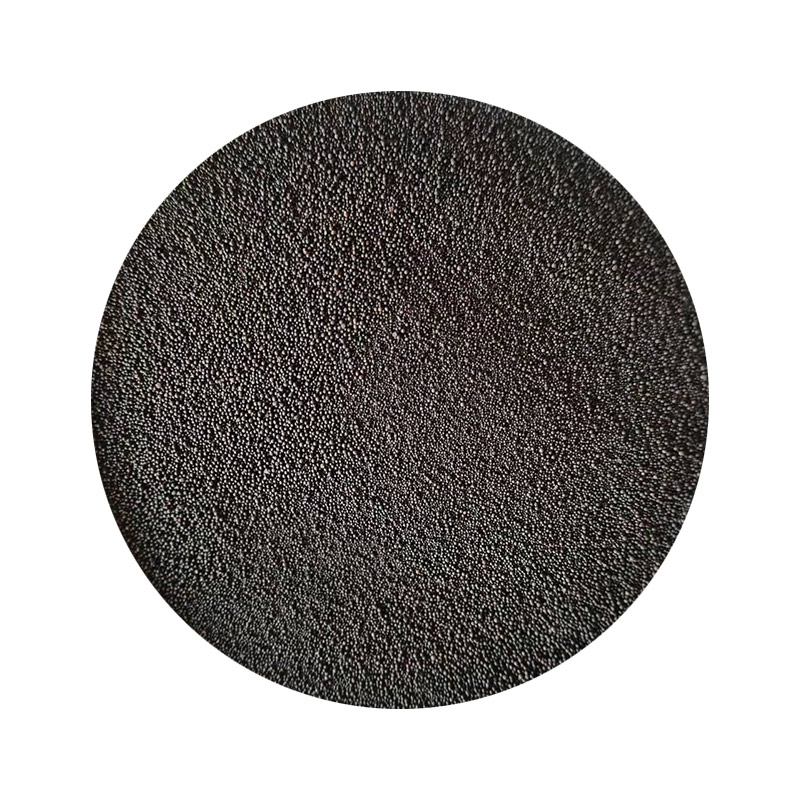Understanding Gold and Sand Prices A Comprehensive Analysis
The world of investment and commodities is intricate, revolving around various elements that influence market dynamics. Among these elements, gold and sand emerge as two critical resources, serving distinct purposes yet often subject to fluctuating prices driven by supply and demand, economic factors, and global trends. This article aims to explore the factors affecting the prices of gold and sand, their significance in their respective markets, and the implications of these price changes for investors and industries alike.
Gold A Timeless Investment
Gold has been cherished for centuries, not only as a precious metal but also as a store of value. Its appeal as an investment is bolstered by several factors, including its rarity, durability, and universal acceptance. Gold serves as a hedge against inflation and currency fluctuations, drawing investors during times of economic uncertainty. The price of gold is primarily influenced by supply and demand dynamics, geopolitical instability, and movements in the U.S. dollar.
In recent years, the price of gold has experienced significant fluctuations. For instance, during economic downturns or crises, investors flock to gold, pushing its price up. Conversely, when the economy is robust, and interest rates rise, gold prices may decline as investors seek higher returns in other assets. Consequently, understanding gold price trends involves monitoring broader economic indicators, including interest rates, inflation rates, and geopolitical tensions.
Sand The Hidden Commodity
While sand may seem less glamorous than gold, it plays a critical role in various industries, especially construction, manufacturing, and technology. Sand is a fundamental ingredient in concrete, asphalt, and glass production. The demand for sand has surged alongside urbanization and industrialization, leading to increased sand mining and its corresponding price fluctuations.
gold sand price

However, unlike gold, sand is often seen as an abundant resource. Yet, certain types of sand, particularly fine silica sand used in hydraulic fracturing and other specialized applications, have become scarce, leading to rising prices. The sand market is also influenced by regulations surrounding extraction and environmental concerns, which can lead to increased costs and reduced supply.
Interconnected Markets
While gold and sand serve different purposes in the global economy, their price movements can be interconnected. For instance, a rise in gold prices may indicate a shift in investor sentiment due to economic instability, which in turn can impact construction activity. A declining economy may lead to reduced construction projects, subsequently affecting sand demand and its price.
Moreover, both markets are influenced by global economic trends. A booming economy may drive demand for construction, increasing sand prices, while simultaneously encouraging investments in gold. Conversely, economic downturns may lead to decreased demand for both gold and sand, resulting in lower prices.
Conclusion
Understanding the prices of gold and sand requires a multifaceted approach, considering various economic indicators, market dynamics, and global trends. Gold remains a timeless investment, providing a safe haven during turbulent times, while sand is an essential resource underpinning modern infrastructure and industry. As investors and industries navigate these complex markets, staying informed about the factors affecting prices is crucial for making informed decisions. Whether it's investing in gold for wealth preservation or considering the implications of rising sand prices on construction costs, both commodities play a pivotal role in shaping the global economic landscape.
Post time:nov . 10, 2024 10:07
Next:Understanding the Steel Sand Casting Process for Enhanced Manufacturing Efficiency and Quality
